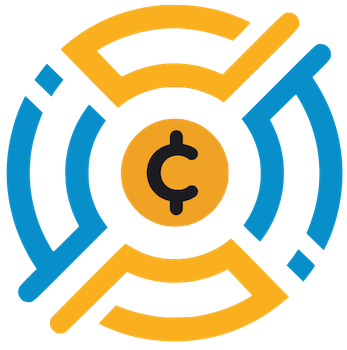In the ever-evolving world of cryptocurrencies, few coins have generated as much anticipation and anxiety as Cardano (ADA). Recent trading trends reveal a troubling trajectory for Cardano, which hovered around $0.6920, down a staggering 20% from its peak earlier in May. Such declines are indicative of a broader, troubling pattern that has characterized the market lately. Unlike its early days of robust growth, where rapid ascent fueled optimistic projections, ADA now finds itself languishing near its lowest levels since May 8. This persistent downtrend raises questions not just about investor confidence, but also about the fundamental viability of Cardano as a leading player in the blockchain ecosystem.
Milestones Met but Momentum Lacking
Despite crossing a significant milestone of 110 million transactions, it is hard to ignore the muted reaction from the market. For many, this achievement becomes trivial when juxtaposed with the swift success of competitors like Unichain and Berachain, which have processed transaction volumes that dwarf Cardano’s accomplishments. Although witnessing a daily increase in transactions from 27,000 to 31,000 suggests some level of activity, it falls short of igniting enthusiasm among traders. When projects like Unichain impressively process 73.4 million transactions and another competitor handles 117 million, it signals a concerning stagnation for Cardano. It seems that while the blockchain boasts significant accomplishments, its perceived lack of dynamism could harm its long-term viability.
Growing User Base, Yet Limited Engagement
Cardano has recently seen an increase in its user base, climbing to 4.49 million holders. While on the surface this appears positive, the underlying metrics tell a more complex story. The spike in daily active addresses from 30,000 to over 60,000 in May is encouraging, but such figures hint at uncertain engagement levels. High numbers can easily mislead; a narrow focus solely on quantity disregards the quality and depth of user engagement. If ADA’s holders are not actively participating in the network, it renders the user growth somewhat superficial. This discrepancy could lead to long-term challenges and asset degradation.
Technical Indicators Signal Trouble
Technical analysis paints an unsettling picture for Cardano. The recent formation of a double-top pattern at $0.8405, followed by a drop beneath the significant neckline at $0.7110, suggests major resistance ahead. The emergence of a death cross, characterized by the crossover of the 50-day and 200-day moving averages, is a strong bearish signal that leaves traders on edge. The accompanying bearish flag pattern—marked by a vertical drop and a prolonged consolidation phase—indicates imminent further losses. Investors should brace themselves for the strong possibility that Cardano may test critical support levels, potentially revisiting depths around the $0.5100 mark.
Market Positioning and Strategic Challenges
As Cardano navigates through these turbulent waters, it becomes increasingly clear that the project faces a multifaceted challenge. The stark contrast between its performance and that of its competitors raises questions not just about its current design and functionality but also about its strategic positioning within the blockchain ecosystem. While Cardano has been commendable in its vision and technological aspirations, the failure to translate that into tangible market success is alarming. Without swift action and a redefining of value propositions, Cardano risks becoming a mere afterthought in a rapidly advancing technological landscape where its competitors are outpacing it. The race is undoubtedly on, and whether Cardano can reclaim its status as a formidable player remains uncertain.















